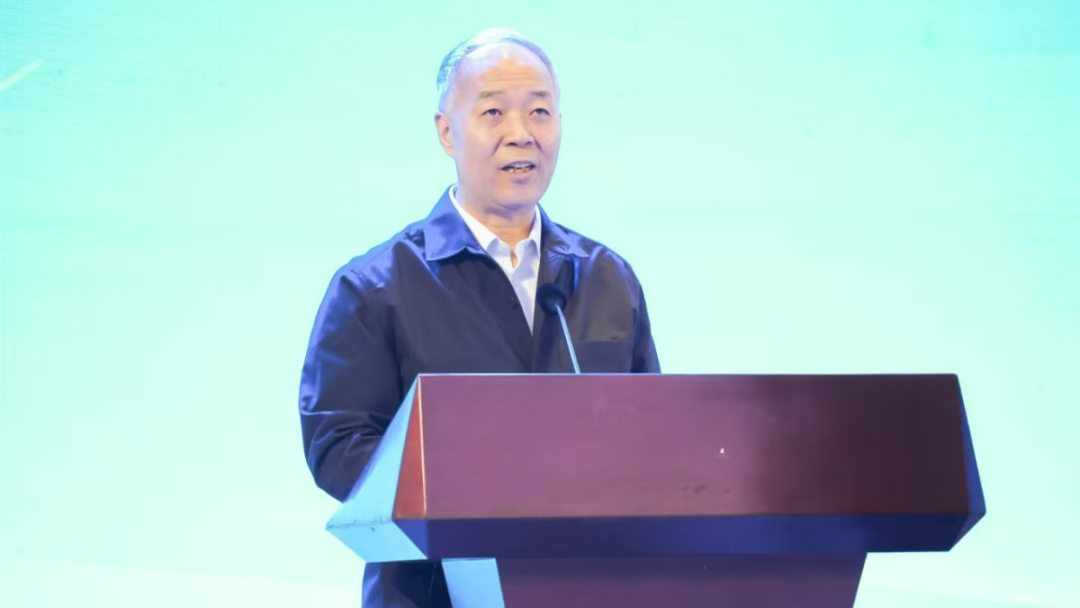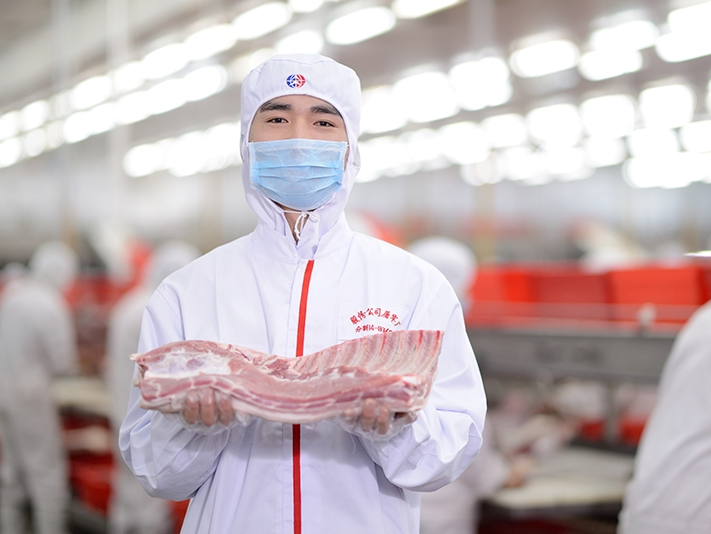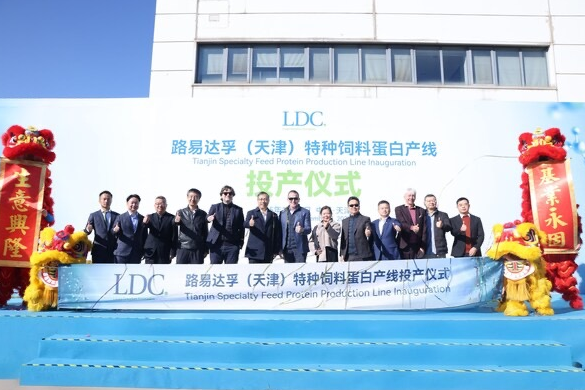Ma Youxiang says China’s hog industry will inevitably keep consolidating, with large producers gaining share. Pork demand should grow modestly, and technology will define competitiveness. Priorities include smarter facilities, feed efficiency, better genetics, stronger disease control, and improved policy support. He noted major gains during the “14th Five-Year Plan” but warned of weak demand, import pressure, and persistent gaps among smallholders.
At the 2025 China Swine Industry Development Conference in Xinxing, Guangdong, Ma Youxiang, former vice minister at China’s Ministry of Agriculture and Rural Affairs, didn’t mince his words: one defining trend through the “15th Five-Year Plan” period will be higher industry concentration. Large and super-large producers will continue to gain share, he said, and their ability to steer the sector will grow accordingly.
“Whether you like it or not, that is the law and the trend,” said Ma, pointing to market selection, labour shifts, and population movements as the underlying forces.

Ma Youxiang
Ma added that as incomes of lower- and middle-income consumers rise and urbanisation continues, pork consumption still has room to grow. Supply, in turn, should remain stable or grow moderately.
Tech will be the core battleground
“Modern competition is competition in science and technology,” Ma said. For big operators in particular, using advanced technologies creates new productivity, improves factor allocation, and cuts cost while lifting efficiency.

He also argued that industry regulation will become more integrated, precise, and effective. The market should play the decisive role, he said, but government must govern. His rationale: pork is too strategic (“pigs and grain secure the nation”), the Party’s overall leadership must be upheld, and markets have inherent imperfections that require the combination of an effective market and a proactive government.
Priorities for ‘15th Five-Year Plan’: quality first
Ma called for keeping stable and safe pork supply as the top objective, while pursuing quality development—improving “quality” effectively and growing “quantity” reasonably. His checklist:
- Upgrade facilities and digitalisation. Support scale producers to renew and retrofit; promote smart climate control, precision feeding, and proven construction/production models. Ma singled out how Wens’ contract farming (company + farmer) model has helped smallholders scale from dozens of head to 1,000-plus, bringing with it modern management and equipment. Scale expansion, he stressed, should match management capability—“don’t assume that scaling up robs farmers.”

- Save grain and raise efficiency. On low-protein diets, Ma urged balance. Soybean meal is an oil-crushing by-product; if edible oil use doesn’t fall, soybean meal supply won’t be short, making it economical and convenient for livestock use. Low-protein diets should be kept as technical reserve, but mass rollout needs an economic threshold. Prior analysis put soybean meal’s threshold at about CNY 3,500 per tonne (USD 487.46 per tonne)—above that, the maths turns unfavourable (USD conversion at fixed project rate) .

- Seedstock innovation, disease control, and green development. Push breeding breakthroughs, tighten biosecurity and epidemic prevention, and accelerate the green transition.
- Strengthen policy support. With over 10 million smallholders and roughly 160,000 scale farms that are hard to reach one-by-one, large enterprises should cooperate in capacity guidance so the industry runs smoother and steadier. In the long run, Ma said, this helps everyone: smallholders’ exit is historically inevitable, and the space they leave will be filled by scale producers. “Don’t be too anxious,” he told the audience.
What changed in the ‘14th Five-Year Plan’
Ma summarised three achievements:
- Supply capacity strengthened. After African Swine Fever–induced troughs, policies plus market pull restored capacity. Pork output reached 57.06 million tonnes last year, up 38.7% from 2020.

- Industry competence improved. Scale production rose fast; leading companies grew quickly; biosecurity got a boost; efficiency kept improving; the green shift accelerated. Scale farming reached 70.7% last year, 13.6 percentage points higher than 2020. Nearly half of slaughter now happens at scale plants, and the top 20 producers accounted for 30.3% of national marketings. “Leaders have been positive for supply stability and disease control,” Ma said, “pulling up facility-based and intelligent models and the sector’s overall quality.”
He also revealed PSY (pigs per sow per year) climbed by about 0.5 piglets per year on average over the last five years, reaching 20.22 in 2024—equivalent to saving roughly one-eighth of the sow herd. Some farms, he noted, now match developed-country efficiency.

- Capacity regulation mechanism established. Hog price swings have narrowed: the largest monthly average spread fell from CNY 22.7/kg (USD 3.16/kg) in 2021 to CNY 5.8/kg (USD 0.81/kg) last year. From May last year to September this year, finishing stayed profitable for 17 consecutive months, an unusually long hog cycle.
Looking ahead, Ma listed two main external challenges: insufficient demand and import pressure. He attributed weaker demand mainly to four structural shifts in society: population ageing, fewer births, automation replacing labour, and a growing focus on healthy eating, though he expects urbanisation and income growth to offset these to a degree.Internally, he pointed to still-rough production modes and untapped efficiency, especially among smallholders, where gaps remain in precision feeding, tech adoption, equipment, biosecurity, and manure management. With around 16 million farms averaging only about 50 head sold each, and domestic feed crop competitiveness still lagging, the sector’s “internal digging” for gains remains a long job.
AgriPost.CN – Your Second Brain in China’s Agri-food Industry, Empowering Global Collaborations in the Animal Protein Sector.




